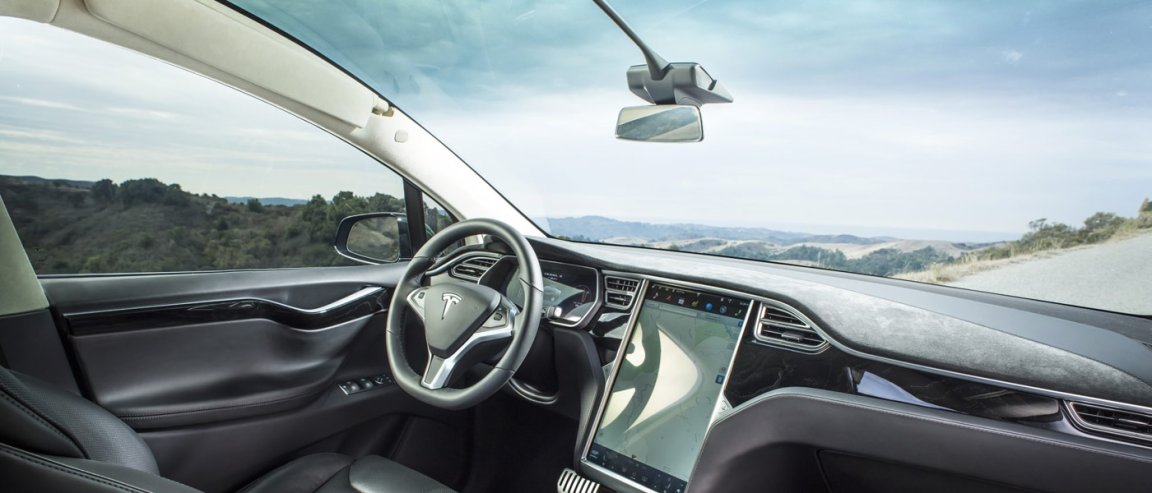
An Update to the Update
As the race to improve autonomous driving technology heats up between the biggest names in the industry, Tesla is already making a big push in 2017 to remain at the forefront.
Last week, Elon Musk confirmed that the first 1,000 vehicles in Tesla’s fleet had been equipped with an active version of Enhanced Autopilot, with the same software appearing in “shadow mode” throughout the rest of the fleet. This version of the autopilot system integrated a traffic aware cruise control feature, forward collision warning, and an autosteer beta version enabled only at “low speed.” Yesterday, the company released an updated version of Enhanced Autopilot, again in active mode for 1,000 vehicles and shadow mode for the rest.
Enhanced Autopilot primarily gives Tesla’s HW2 vehicles (newer models running with Autopilot 2.0 hardware) some of the functionalities only found in earlier, HW1 models. However, Musk assures Tesla owners still running on the first generation Autopilot hardware that the latest update will also have improvements in store for them, noting that Ludicrous+ mode will be enabled with the new update, bringing more power to the Model SP 100D and enabling it to go from zero to 96 km/h (zero to 60 mph) in 2.4 seconds.
The company hopes to switch Enhanced Autopilot to active mode for the entire HW2 fleet by the end of this week.
No Rush to Hit the Road
This Enhanced Autopilot update by Tesla is just one of the first steps toward the company’s ultimate goal of equipping Tesla vehicles with fully autonomous driving capabilities by the end of 2017. Updates with new improvements are expected every two to three months this year until the company produces a vehicle that could drive itself from Los Angeles to New York with zero input from a human driver.
However, even as Tesla makes significant strides toward achieving its vision, the company is mindfully taking a “measured and cautious” approach to rolling out their latest system updates. Owners who received the Enhanced Autopilot software last week are only able to access new features that come with the update as the system clocks in more miles and Tesla can gather real-time data to analyze — a process that will likely repeat with this latest update and, eventually, the rest of the vehicles within the fleet.
We’ve waited this long for self-driving cars, so what’s a few more months if it means the technology can be perfected before hitting the road?